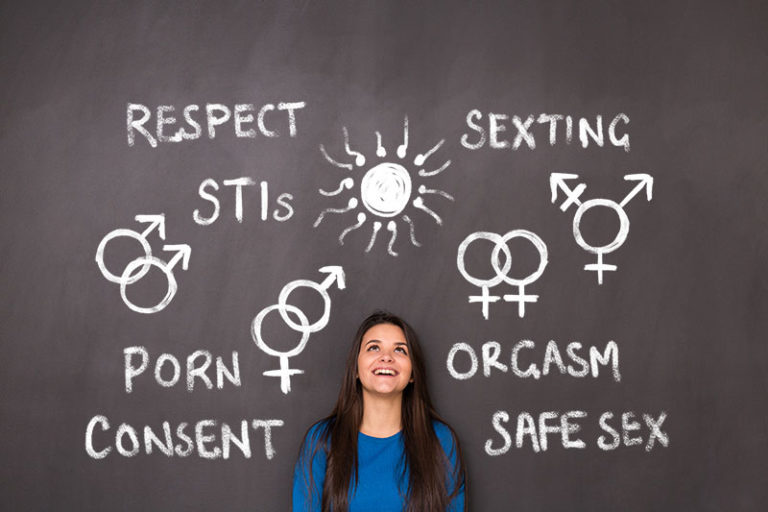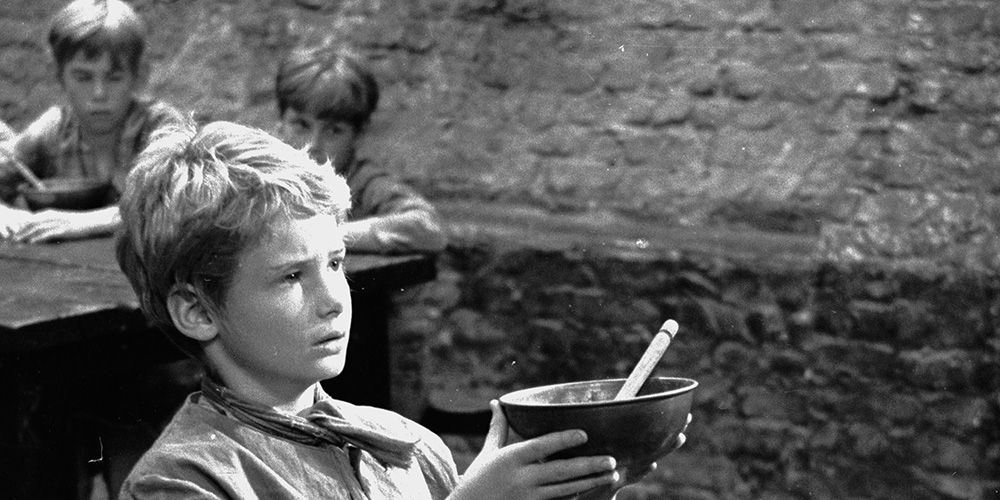16/12: Pro-Reform's position on AMSC


Brian Ribbon
Percy Shelley
Pro-Reform is a framework arguing that cautious legal reforms are needed to offer greater rights and protections to MAPs and Youth. The framework being proposed is a personal position and not necessarily agreed upon by all members of Mu.
The pro-reform position is focused on maintaining a balance of freedoms, responsibilities and protections for MAPs and young people. Obviously, one of the most contentious issues is AMSC (Adult-Minor Sexual Contact). Almost always viewed through the negative lens of child sex abuse, legal definitions of what constitutes criminal sexual contact are highly arbitrary and vary significantly around the world. In this article, we will outline the pro-reform position on AMSC: 16/12.
The key factor in determining an appropriate age of consent is managing the tension between prevention of harm and respect for autonomy (as explained in detail by Prof Hoko Horii). To figure out where the boundaries should lie, we need to consider various issues such as youth sexual agency, developmental capacity, accessibility of sex education and healthcare, the history of the age of consent, evidence of concrete harms, and even some controversial ideas including The Push.
Youth sexuality

The obvious starting point for a discussion about the age of consent is youth sexuality. After all, you can't honestly advocate any position on sexual contact involving young people without considering their sexual needs and desires.
Unlike the era where masturbation was considered "self abuse", it is now accepted by most people that teens are not asexual. A mass of evidence shows that masturbation and non-penetrative sexual experimentation in early childhood is common, with a shift to adult-like sexuality occurring in early adolescence (around the onset of puberty at 10-13 years old). Adolescents are essentially mini adults from a sexual perspective, possessing sexual fantasies toward other adolescents and adults, and seeking 'adult' sexual experiences. The average age of first viewing porn is variously estimated at between 11-13. This is quite logical considering that adolescents, having reached spermarche or menarche, are capable of pro-creation. Progressive parents and educators acknowledge the reality of adolescent sexuality and will often try to ensure adequate contraceptives are provided.
Developmental realities

One of the arguments used against AMSC is that there is a power imbalance. It is said that children are eager to please, powerless against adult authority, and easily manipulated. While this may be partly true when talking about children, these are not words that we typically use to describe adolescents. Except when we talk about AMSC, adolescents are typically described as disobedient, rebellious, antagonistic, unwilling to yield to authority figures, and highly skilled at manipulation.
On the question of vulnerability to power imbalances, children and teens are simply not in the same league. Given the highly anti-social traits of teens, the likelihood of the exploitation of a power imbalance is no more of a risk than it would be in many adult relationships. Indeed, there are still many places around the world where men have much more power than women, and these places do not outright prohibit sex between men and women. In the same way that we should work on empowering women in misogynistic societies, we should focus more on addressing power imbalances that excessively diminish the rights of young people.
The age of 12, which the pro-reform position will focus on in its calls for moderate Age of Consent reform, is an age at which young people in many countries complete primary school education and move on to secondary school. As a result they are often afforded additional freedoms, such as the right to consent to elective medical procedures. According to research on the ethics of medical consent by Hein, M. et al, (2015), "Children of 11.2 years and above can generally be considered decision-making competent, and although they need a supportive context, no individual assessment is needed." In Eastern countries, it's also typically an age at which parents allow their sons or daughters to stay out late and generally enjoy much greater independence without the helicopter parenting that may be seen with young children. Recently, in Australia many discussions around youth crime have centered around whether to set the age of criminal responsibility at 10, 12 or 14, with most people favoring younger.
Regarding sex, meanwhile, many jurisdictions already have an age of consent for 12 year olds conditional on their partner being close in age (Alabama, Delaware, Rhode Island in the US; Victoria and Tasmania in Australia; Austria; Hungary; Bolivia; Brazil; Chile) and others have an age of consent of 12 based on certain legal conditions (Mexico; Uruguay). Even in the status quo 12-year-olds are clearly acknowledged as having the agency to give informed consent to sex some of the time. If we were to look at 13 instead of 12, the list would more than triple in size. The sexual agency and autonomy of even young adolescents is recognized in many places around the globe, but inexplicably draws a line at allowing an adult partner.
Sex Education and health

If AMSC is claimed to be harmful due to its exploitation of a minor's lack of sexual knowledge, there is a serious problem with how young people are being educated. Studies on sexual behavior among children and adolescents show that masturbation and sexual experimentation is common among children even prior to adolescence, before the onset of the hormonal changes that shift behavior from sexual curiosity to adult-like sexual attraction. If children are not prepared for this in advance, the low quality of sex education that is driven by conservatism and adult anxiety about sex is to blame. Age-appropriate sex and relationship education is crucial before, during and after puberty, with a focus on healthy sex practices instead of outdated and impractical notions of abstinence and purity.
Another issue with adult-adolescent sexual contact is the poor access to healthcare and abortions in some countries, particularly in the USA, which tends to lead world policies on matters including minor-attraction and AMSC. This is actually a greater issue in teen-teen sexual contact, due to the absence of an adult with greater knowledge about contraception and safe sex. However, it would barely be an issue at all with proper education, universal access to healthcare, including STI testing, contraceptive options and abortions, and the destigmatization and decriminalization of sex involving adolescents, allowing young people to go to healthcare providers without facing social or legal censure. In the present situation, mandatory reporting laws for AMSC ensure that even when healthcare is required, some minors will choose to avoid doctors to avoid getting their older partner in trouble.
The history of the high age of consent

The idea that sex with teenagers is inherently wrong is primarily a consequence of 19th century laws intended to combat the awful abuse of women and young girls in the sex trade. The very first law criminalizing sex with teenagers was enacted in the UK, in response to the behavior of men presumably not primarily attracted to minors, but by opportunists in a notoriously exploitive period of London's history. Outside of the realms of violence or prostitution, AMSC with adolescents was never really supposed to be punished; the 'original' law to raise the age of consent above 12 years old was created to give the authorities a way to easily crack down on the rampant prostitution of teenage girls.
That law, perhaps a necessary sledgehammer to eliminate some of the very real horrors of 19th century London, should have been nothing but a temporary measure, enforced selectively. Instead, it was used as fuel for the campaigns of American puritans, who co-opted it for a broad campaign of righteousness. Much like religious cult leaders brainwash their congregations into believing the most absurd concoctions imaginable, the moral crusaders of depression-era America were somehow able to persuade enough people that sex with teenagers was morally wrong in itself, and so an imported law that was never meant to be interpreted very strictly was inexplicably adopted as a moral standard. While unpopular ideas such as the prohibition of alcohol failed to persist, thanks to the universal love of liquor, the equally unrealistic idea of abstinent teens persisted, perhaps due to young people lacking the voice to protest.
The Push

In May 2024, Brian Ribbon introduced the controversial concept of The Push. Contrary to certain interpretations, the author does not believe that MAPs are inherently dangerous. However, the essay argued that the risk of harm to children and the wider public is severely amplified by the overwhelming stigma, attempts to criminalize every possible outlet of sexual release (including those that don't involve real children), danger of confiding in friends and family, and the difficulty of accessing mental health support.
It was also argued that instead of protecting children, setting the AoC so high only increases the risk of harm from AMSC. With such a high AoC, MAPs who choose to be sexually active have no legal outlet and are encouraged to prioritize sexual relationships with minors who are most likely to 'keep quiet', instead of engaging with minors who are most interested in sex with an adult and least likely to suffer from harm. If the age of consent were set at 12, with additional protections for 12-15 year olds against coercion and exploitation (similar to laws in place in the Netherlands as recently as the 2000s, or present in Germany today for 14-15 year olds), this push toward AMSC with a greater likelihood of harm would be eliminated. Instead, sexually active MAPs would be encouraged to engage in AMSC with adolescents who have some desire for a sexual experience with an older partner.
It's important to note that The Push should at no point be taken to support acting in a way that causes harm to anyone, nor to change laws so as to permit such behavior. However, if the risk of AMSC with adolescents is not much greater than with AASC or MMSC, and decriminalizing it significantly decreases the risk to younger children, reformation of the relevant laws demands serious consideration.
A comparison of AMSC and non-AMSC harms

It is considered an 'established fact' that AMSC is inherently harmful to minors, and professionals who dare to speak out are often censured in a manner that would be more fitting of stereotypes of countries like North Korea and other reportedly brutal dictatorships. Bruce Rind was condemned by the US government for his meta-analysis of studies on AMSC, and Richard Yuill was subject to an all-out attack on his entire life history from a major British newspaper over his PhD research. This hounding extends even to professionals who express support for MAPs who do not act on their feelings; professor Allyn Walker was fired for writing a book supporting non-contact MAPs. However, challenges to the common assumptions persist despite the risks, from a number of respected researchers including James Cantor (a prominent researcher who accepts secondary harm as a core reality) and J. Michael Bailey (a sexologist who challenges the assumption of greater harm altogether). In fact, it's a well-known dirty little secret amongst researchers of child sex abuse that not all sexual contact with adults is harmful or perceived as negative by the minor. Rather it is considered a problem for moral, rather than empirical reasons.
All sexual relationships, and in fact all non-sexual relationships, pose some risk of harm. This applies to AMSC, but it also applies to AASC and MMSC, which are not governed by the same laws, nor responded to in fits of hysteria. Combined data from a massive sample indicates that AMSC involving sexual contact between 12+ adolescents and adults is overall unlikely to cause harm, especially for boys, and is potentially less likely to cause harm than sexual contact between two adolescents. This is despite the issue of secondary harm whereby minors interpret their sexual experience negatively in hindsight; social attitudes lead them to believe that they are victims and they feel abused as a result.
An outright ban of AMSC involving those over 12 is not supported by evidence, but the Pro-Reform position acknowledges the need to provide additional protections within the current climate. The evidence shows that while adolescents have a degree of sexual capacity, it is not as developed in all senses as adults', which can lead to a greater risk of a negative reaction in some cases. Taking all of the issues above into consideration, we propose an Age of Consent of 16/12.
16/12 - The Proposal

- A firm age of consent of 12
Although AMSC with prepubescent children is not always harmful, many of the reasons to decriminalize AMSC with adolescents do not so readily apply to younger children. The evidence shows a clear line in outcomes between adult-child and adult-adolescent sexual encounters. Therefore, to ensure the well-being of younger children and acknowledge the concerns of the public, we propose a minimum age of 12.
- Special protections for 12-15 year olds
Sex with 12-15 year olds can be prosecuted upon complaint, if the accused deceptively exploited the accuser's lack of sexual knowledge or interest. This addresses any remaining concerns the public may have about the exploitation of a power imbalance. The minor always has the option of revoking their assent to the sexual contact and this will ensure that adults take extra care when engaging sexually with a minor.
- A complaint can be made by the alleged victim up to the age of 18
This respects the right of the younger person to reflect on the relationship and later make a complaint if they were exploited. This must not shorten the statute of limitations for rape victims, for obvious reasons.
- Unrestricted age of consent of 16
Although not quite adults, 16 year olds are functionally adults in many important ways. 16 is already considered an appropriate age of consent in many countries globally and we feel no need to change the law here.
- Laws against rape continue to protect people of all ages
Anybody who committed a non-consensual act with an adolescent could be prosecuted under laws that apply to non-consensual acts in general, likely treated as aggravated with harsher sentencing.
- Incest would remain prohibited between parents/ guardians and their legal dependants (no AoC of 12)
This is necessary to protect young people who are too afraid to make a complaint against their caregivers.
- 12+ overrides 'corruption of minors' laws
Some countries have other laws that refer to 'fornication' or 'corruption of minors' laws, but these laws would be replaced by the above proposals.
Please feel free to discuss this article on our forum thread.
